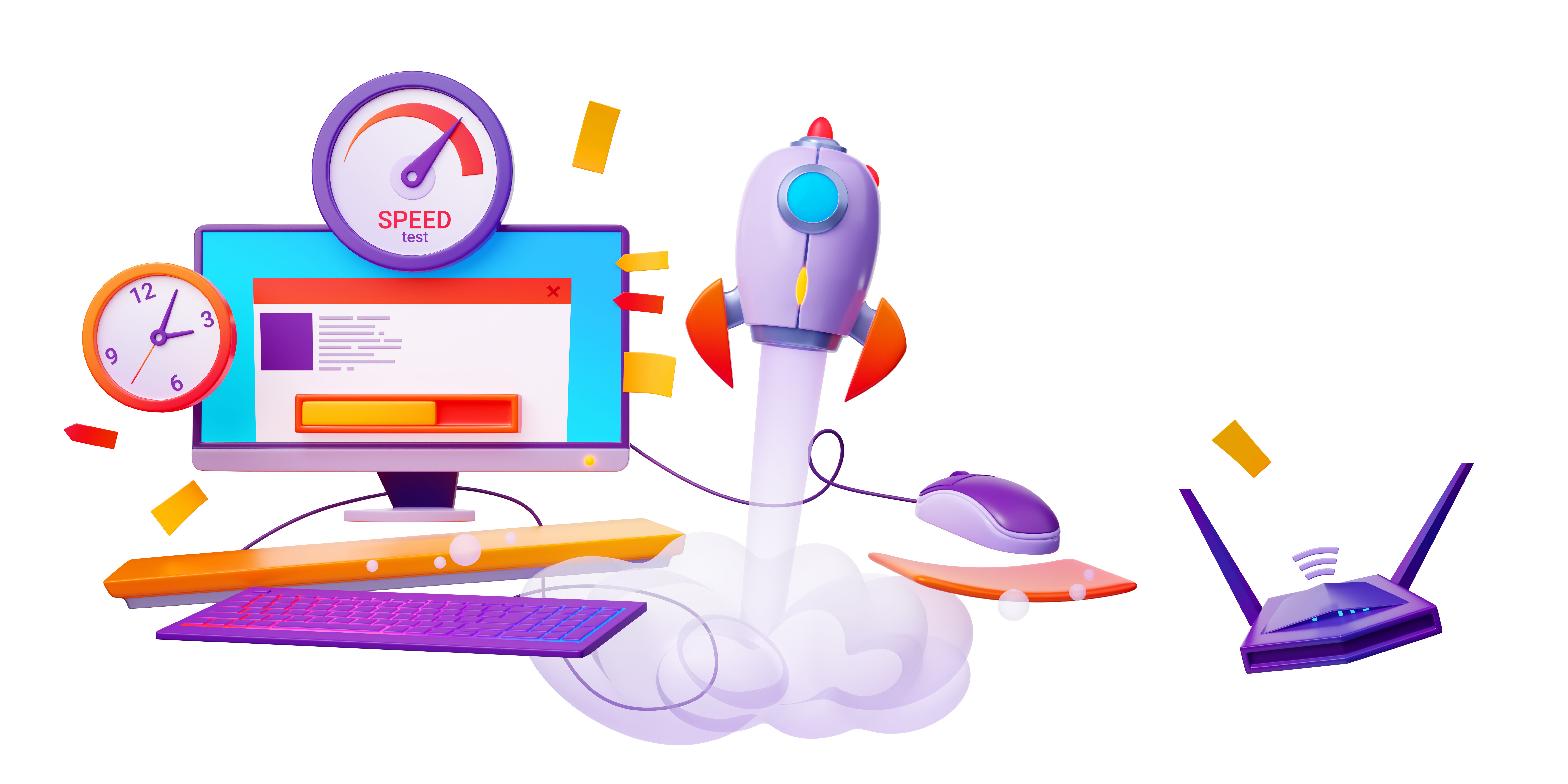Website Speed Optimisation
website speed optimization is essential for enhancing user experience, improving search engine rankings, and driving conversions. By implementing techniques such as image compression, code minification, browser caching, server response time optimization, CDN integration, CSS and JavaScript optimization, prioritizing above-the-fold content, and regular performance monitoring, businesses can significantly improve their website loading times and overall performance. Prioritizing website speed optimization leads to higher user satisfaction, lower bounce rates, increased engagement, and ultimately, greater success in achieving business goals online.



